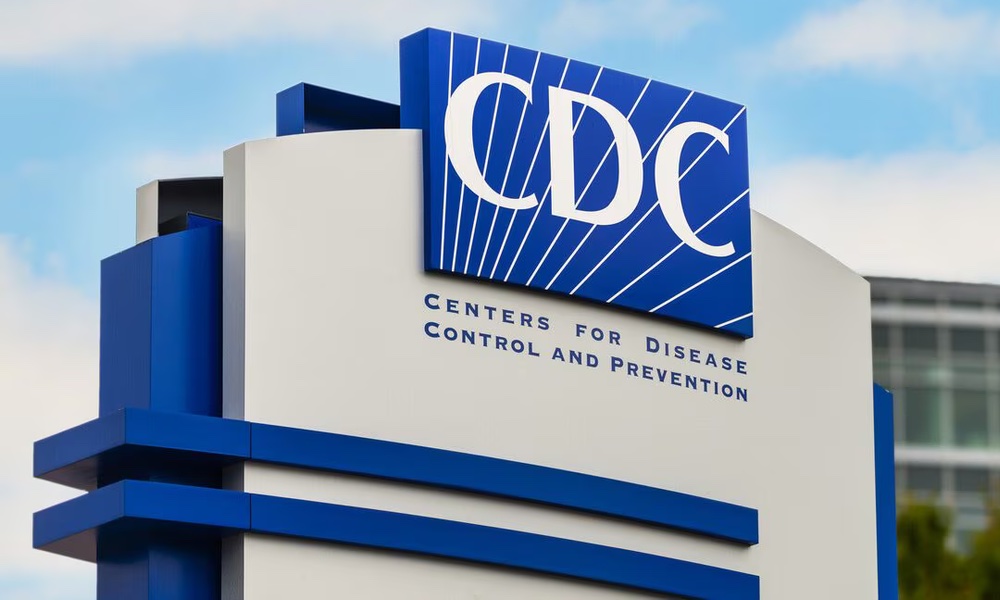Last month, the prominent British journal the Lancet published a formal retraction of the controversial 1998 study by Andrew Wakefield et al, which loosely implied a connection between the MMR (measles−mumps−rubella) vaccine and the development of autism in children. The paper’s findings pointed to a three−way relationship between the MMR vaccine, “pervasive developmental disorder” (autism) and gastrointestinal problems in the study’s small sample of 12 children.
Many readers may not be aware that the study involved this triad of variables. Even more important is the fact that many may not be aware that the findings only implied a vague association between the vaccine and developmental disorder, which, for reasons to be discussed shortly, led to a world−wide pandemic, sparked celebrity and media interest, and lead to a flurry of research that sought simply to replicate (let alone explore the mechanisms behind) the Wakefield connection linking the MMR vaccine to autism.
Though the journal and 10 of the 13 authors of the article stand behind the retraction, will the research community and the public be able to delete it from memory – or will it, on some level, always influence the future?
What was it about this small study that sparked such a far−reaching controversy, only to be retracted 12 years later? Was it bad science – and if so, what made it so? Though the journal and 10 of the 13 authors of the article stand behind the retraction, will the research community and the public be able to delete it from memory – or will it, on some level, always influence the future?
Shortly after the article was published, Wakefield appeared in a “controversial press conference to conflate association with causation and in the eyes of the tabloid press his tiny, skewed sample represented children in general.” Illustrating causation in scientific studies can be tricky – and finding connections or “association” between two variables is sometimes misconstrued as cause−and−effect, as Greenhalgh points out. In the same press conference, Wakefield also suggested, significantly, that instead of administering the vaccine in combination form, it might instead be advisable to give measles, mumps, and rubella inoculations separately, one per year.
Some critics point out that adding to the problem may have been the fact that the media gave “equal coverage to opposing views,” which could have encouraged parents to think that the Wakefield study was actually well−grounded.
It appeared to be largely this combination of events that sparked the media interest, which in turn sparked celebrity, public, and more research interest. Some critics point out that adding to the problem may have been the fact that the media gave “equal coverage to opposing views,” which could have encouraged parents to think that the Wakefield study was actually well−grounded. Jenny McCarthy and Jim Carrey jumped on the Wakefield band−wagon and vocalized their own belief in the MMR vaccine−autism link and publicized their support of the original research. Other parents of autistic children, frustrated and desperate to find an explanation – a culprit – for this baffling disease, followed suit, and were perhaps relieved to have an “answer,” however unfounded it might be. (Even in light of the latest developments, McCarthy and Carrey’s organization still supports Wakefield and his research.)
As the fallout continued in the years following the study’s publication (despite the inability of other studies to confirm the connection) in Britain, MMR vaccine rates began to plummet – and incidence of the measles began to rise.
Thus began an extraordinarily drawn−out investigation by Britain’s General Medical Council, aimed at three of the study’s authors (Wakefield and two others). Ultimately, the committee found that the children were not recruited ethically, and that the authors’ “conduct was irresponsible and dishonest”; the Panel writes that it “is satisfied that [the authors’] conduct…would be considered by ordinary standards of reasonable and honest people to be dishonest.”
Ultimately, the committee found that the children were not recruited ethically, and that the authors’ 'conduct was irresponsible and dishonest'; the Panel writes that it 'is satisfied that [the authors’] conduct…would be considered by ordinary standards of reasonable and honest people to be dishonest.'
Now that the fact that there is no connection between vaccines and autism is clear, the question is will we – the public – ever be able to move on, and erase from our memories the study that sparked this 12−year saga? A new study, in the journal Pediatrics suggests that 25% of parents still believe that there is a genuine connection between vaccines and autism. The number is slightly higher in mothers than in fathers. Of course this study was executed and completed before the Lancet’s retraction, so it will be interesting to see how these figures will change in the coming years and decades. Of the general public, some will undoubtedly continue to believe in the vaccine−autism link, if for no other reason than they are comforted by having a scapegoat for a devastating disorder. Others may see the retraction as welcome relief, and no longer fear vaccinating their children against diseases that are, in and of themselves, serious health concerns. The media, which played such a large role in inflating the controversy, will, if we are very lucky, do their part in helping put it to rest.
In an editorial, Brian Deer wrote that part of his concern with the Wakefield saga lies with the other authors of the study who joined in the retraction, but who were nonetheless investigated and negatively affected by Wakefield’s actions. Deer points out that a serious aftermath of the “scandal” is the fact that it "brought down" two colleagues who were otherwise honest and well−intentioned. The medical community itself may still be reeling from recent developments. At the very least, its members will be left with some serious food for thought regarding the nature of ethical conduct – both as it pertains to its experimental subjects and to its audiences (colleagues and the public).
On the positive side, perhaps the public will become a bit more educated – and skeptical — consumers of scientific information as a result of the retraction. Autism researchers may now spend less of their efforts trying, in vain, to confirm the findings of the Wakefield study and will be free to move on to other, more fruitful, avenues of research.
The media may or may not help us forget the Wakefield connection; perhaps they will be too busy touting the next major hearth scare. We, the public, should take away some important lessons from the 12−year debacle – not the least of which is to be a discerning audience, and to try, if possible, to look at the primary study with critical eyes. It’s easy to get pulled in to the hype and the hubbub of a new “breakthrough,” especially when we are eager to find explanations for problems that affect us on such personal levels.




